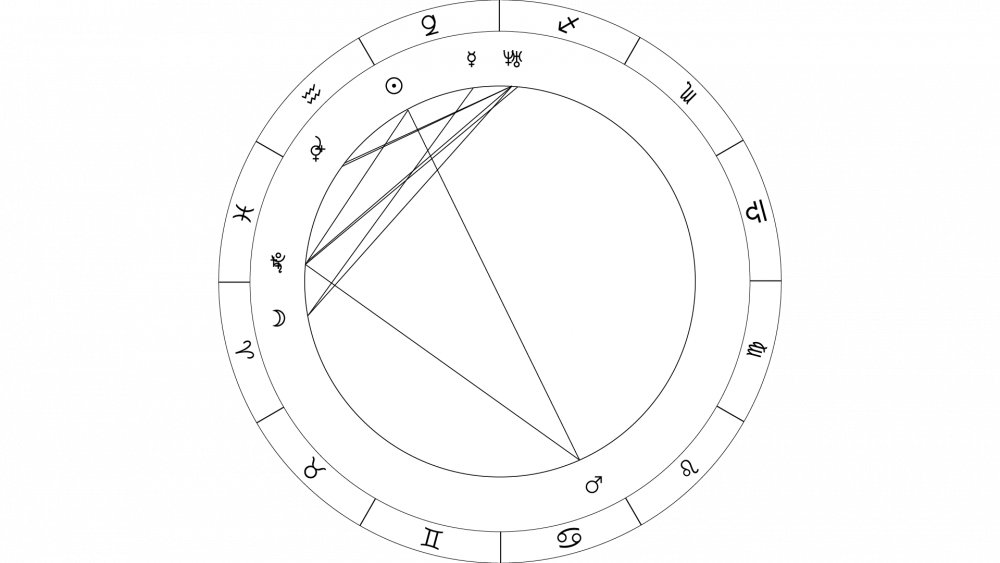I’m trying to find IU’s birth time.
The influential 20th-century astrologer Dane Rudhyar wrote a book called “The Astrology of America’s Destiny.” It interprets the United States’ birth chart and history up to the book’s publication in 1974.
Ample historical record made him certain the Declaration of Independence was signed shortly after 5 p.m. August 2, 1776. Rudhyar determined America was born at 5:13 p.m. using a process called rectification, when an astrologer looks at planetary movements during significant events in an individual’s life to determine his or her exact time of birth.
The founding of IU is nowhere near as well-documented as the founding of our country. I’m nowhere near qualified to attempt rectification. But my lack of expertise has never stopped me before.
I Googled and rooted around some of IU’s online archives for information about Foundation Day, Jan. 20, 1820. This was the day the Indiana General Assembly met in Corydon and granted the charter to found State Seminary, IU’s name for the first decade or so of its existence.
I decided to follow Rudhyar’s instinct and call the charter the moment of birth. I could have gone with 1825, when the State Seminary had its first day of classes. You could count 1816, when Indiana joined the United States. as a state with a constitution that called for the creation of a state university with free tuition.
But I agree with Rudhyar that the Declaration of Independence publicly and tangibly marked America as individual. If you want to get graphic, it’s the moment we cut the umbilical cord between us and Britain.
The State Seminary charter made the Indiana constitution's hypothetical decree a reality in the same way the Declaration actualized independence.
I referred to David Banta’s “History of Indiana University,” whose full text is available in the Maurer School of Law’s Digital Depository.
The chapter on IU’s seminary period details the charter’s amendments and back-and-forth between the legislature's houses, down to line edits between drafts. But understandably, then-law school dean David Banta didn’t think it was important to note what time of day the state senate voted to grant the charter.
My next bet is trying to figure out the average times of day the General Assembly met around 1820. Considering winter daylight, all I can guess is the afternoon.
Without a birth time, astrologers either draw a chart without the rising sign and house cusps, or draw a possible chart with the birth time as noon.
The university’s charter was granted when the sun was in Capricorn and the moon was in Aries. With a placeholder noon birth time, its rising sign is Taurus. If I guess later in the afternoon, that rising sign could shift as far as Leo. I’m calling IU’s place of birth Corydon, which was the state capital until 1825.
Next week, I’ll interpret IU’s chart with planets in the signs and their aspects to one another without houses or a rising sign. It’s not a complete picture, but I think it’s an appropriate way to end this column.






